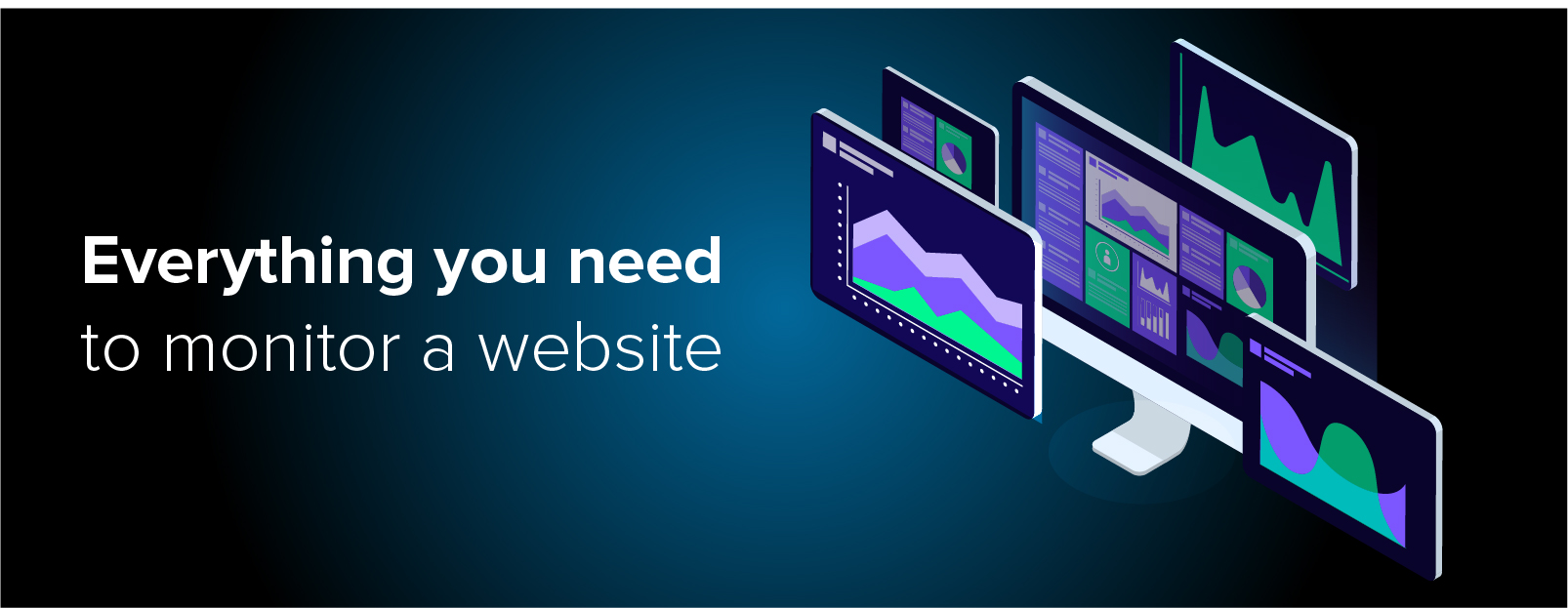Everything you need to monitor a website

Website downtime can cause serious damage not only for your reputation and brand image, but also in productivity, all of which leads to business losses. A Gartner survey revealed that website downtime can cost companies up to $5,600 per minute.
Recently, the world's biggest online retailer, Amazon, experienced a technical blotch leading to their website being inaccessible for 13 minutes, costing the company around $2 million in revenue losses.
If you're in the B2B or B2C business, you should assess the reputational worth of your business. A big part of this is ensuring your website is up and running all the time, because an unaccessible website can reflect negatively on your brand image.
For the winter holidays and other special shopping seasons, most online retail sites experience huge website traffic spikes that can result in slow loading time, and can lead to a poor customer experience.
To retain your customers' loyalty and sales, plus ensure site reliability, here are some pointers you should concentrate on while monitoring your company's website.
Website monitoring helps resolve network traffic problems by monitoring the website from various geographic locations, and alerting IT teams about any site unavailability issues. This helps IT teams proactively resolve downtime issues before they affect end users. The many protocols used for uptime monitoring include HTTP, HTTPS, PING, DNS, FTP, and TCP, amongst others.
When sites experience webpage loading issues, it often leads to a decrease in revenue. Most businesses grow their revenue using their website, so you should go beyond network connection issues and also identify slow page components and infrastructure components. This helps reduce the time taken to load a resource or a page component, including images, CSS, or JavaScripts.
Successful user transactions are vital for e-commerce websites. Monitoring user transactions keeps the IT-operations team updated about incomplete transactions, and enables the team to proactively address issues. A good monitoring solution will track the customer journey by monitoring user actions from more than 120 locations across the globe, making it easier for the operations team to conduct root cause analysis.
Keeping an eye on the end-user experience on the website to ensure users have a smooth customer experience is also important. Factors such as the browser, device, and the internet service provider (ISP) used could create performance issues for the user. Real User Monitoring is handy for identifying specific issues, and provides performance metrics to help detect errors happening on the user end. This is another method for proactively addressing potential issues.
Providing a secure environment for your customers is essential as it is also a factor tightly associated with your brand. Security issues, such as a phishing attack, will impact the trustworthiness of the brand. Website defacement monitoring, that ensures the integrity and security of your website, identifies any unauthorized changes on your webpages, and enables you to address them before they impact your customers.
Online businesses today need a full-stack solution capable of monitoring all internet services from a single dashboard. Try monitoring your business sites using Site24x7 that makes availability and end-user experience monitoring simple and efficient.
Take a sneak peak at Site24x7's year end review for 2019.